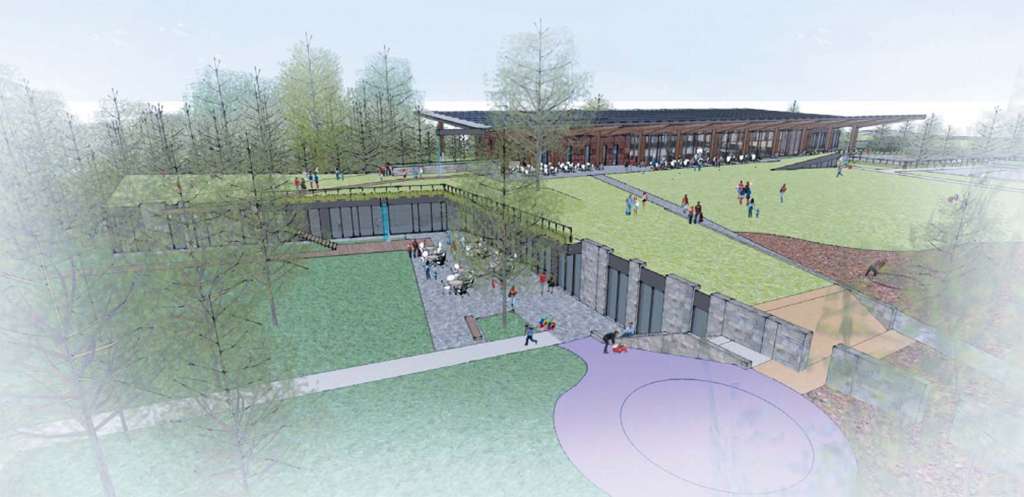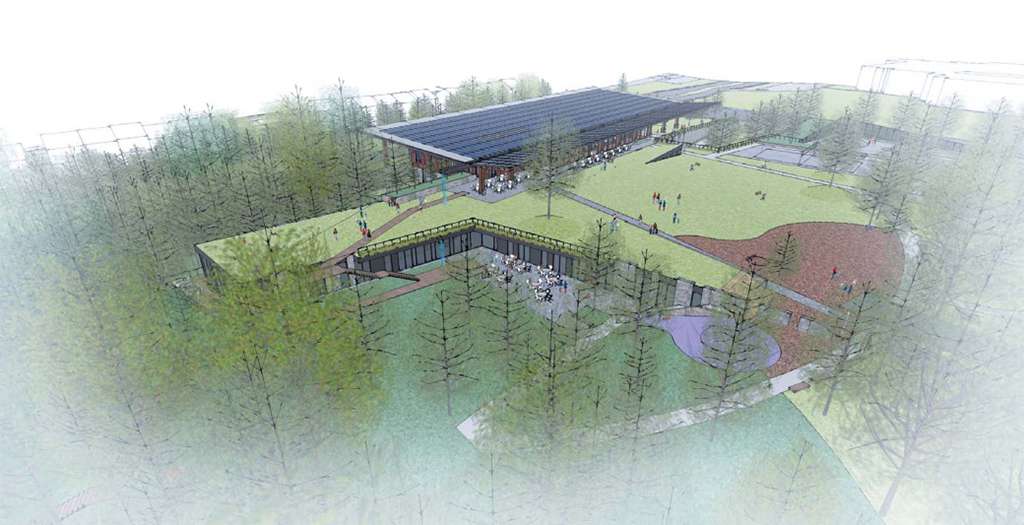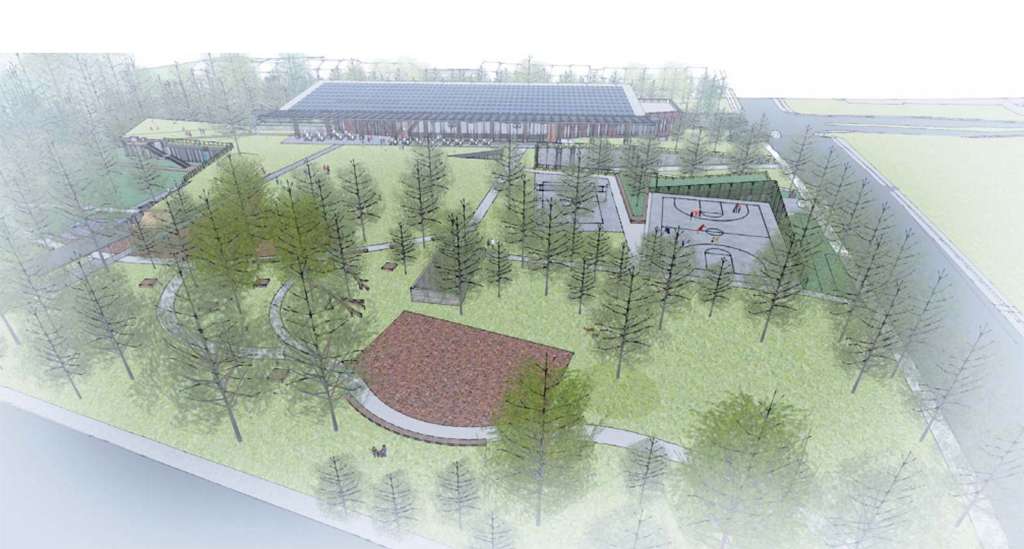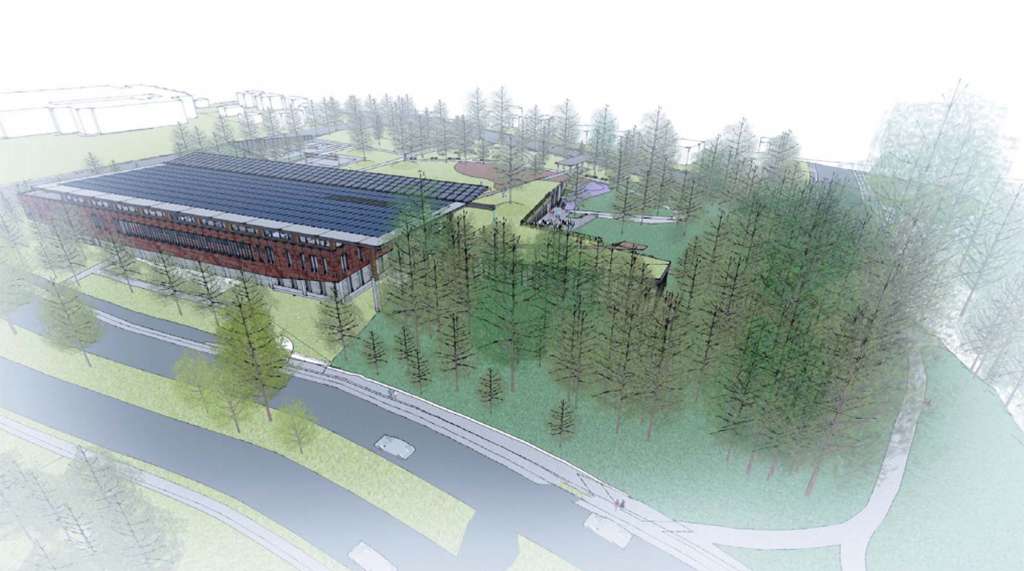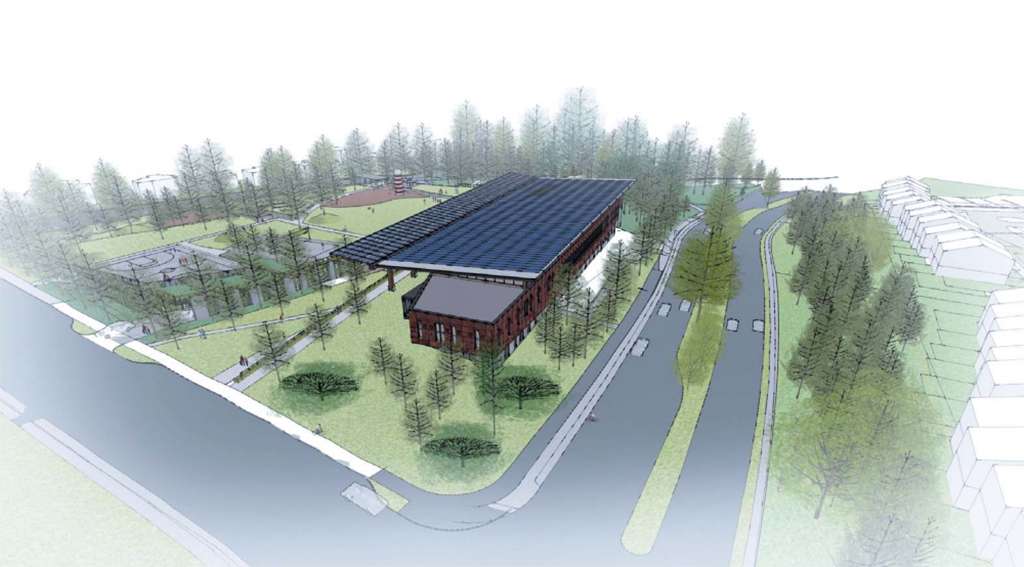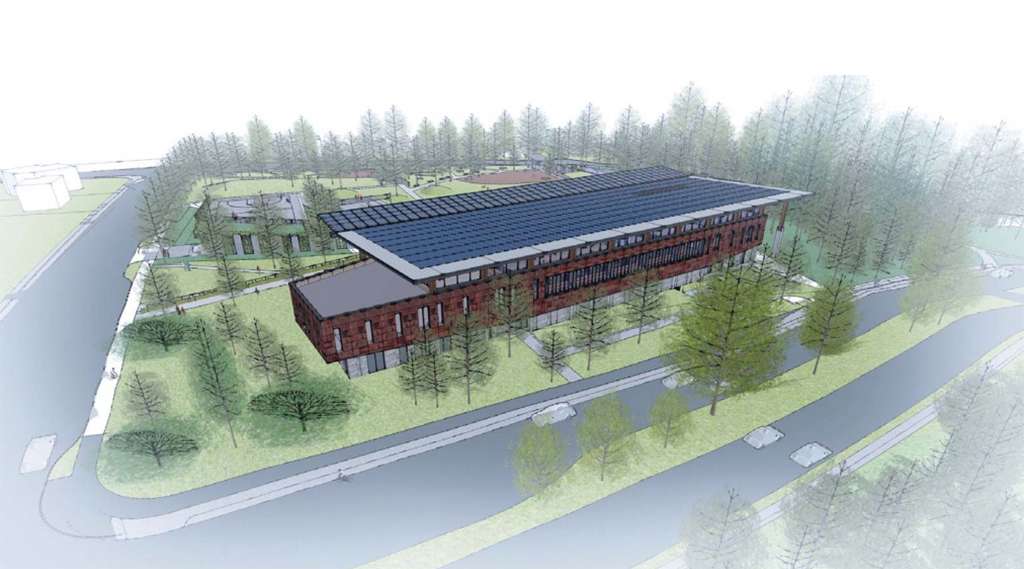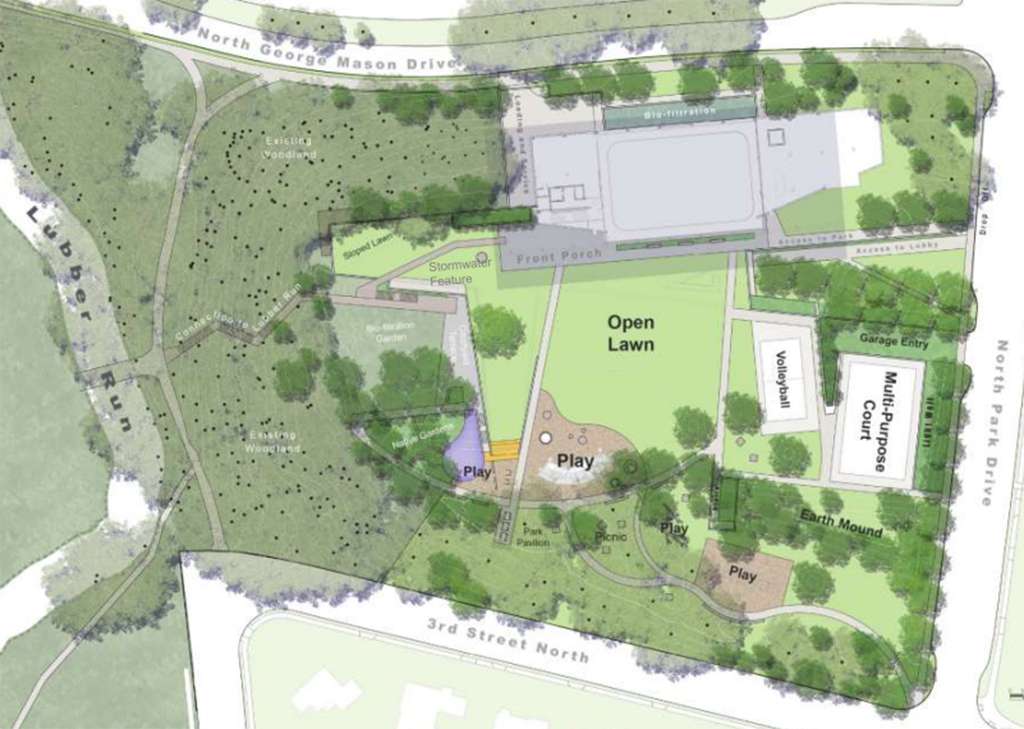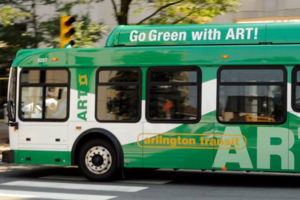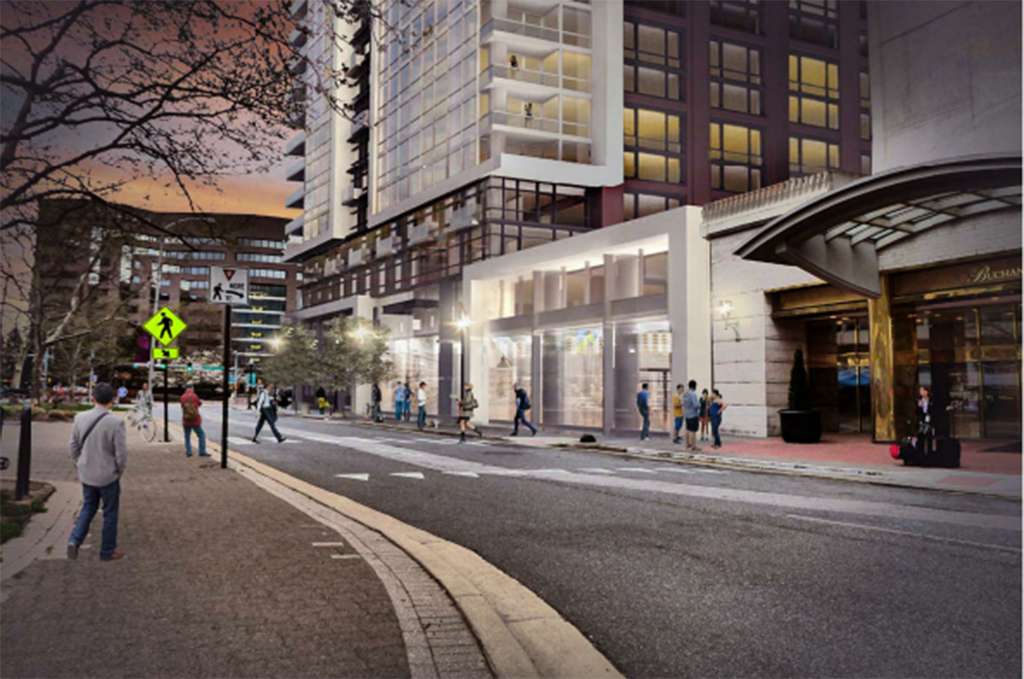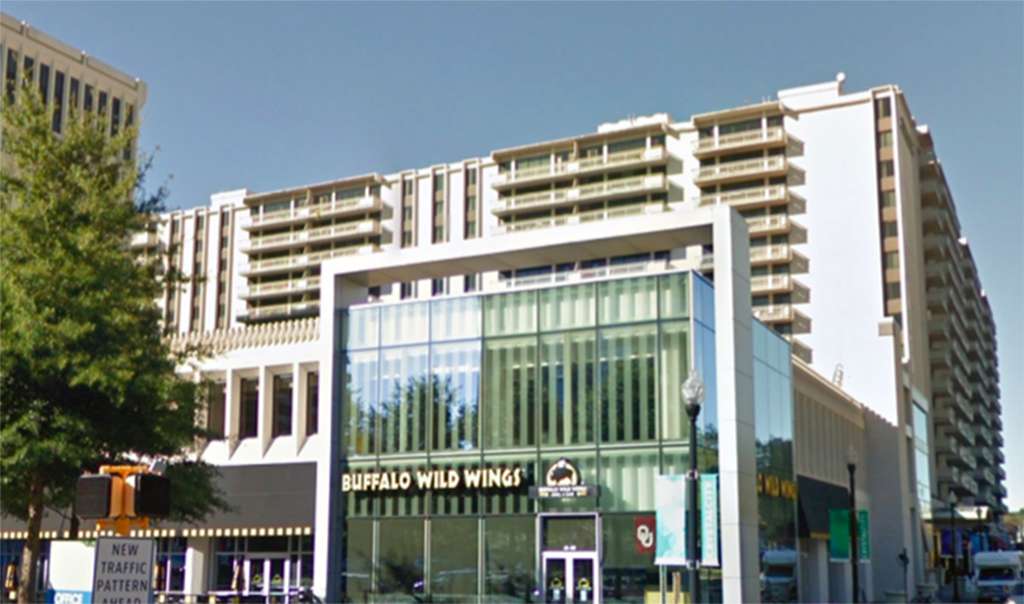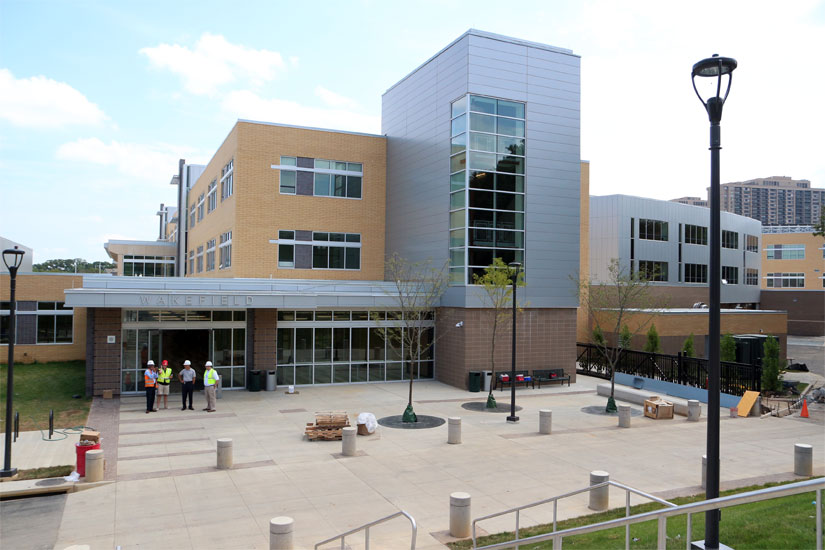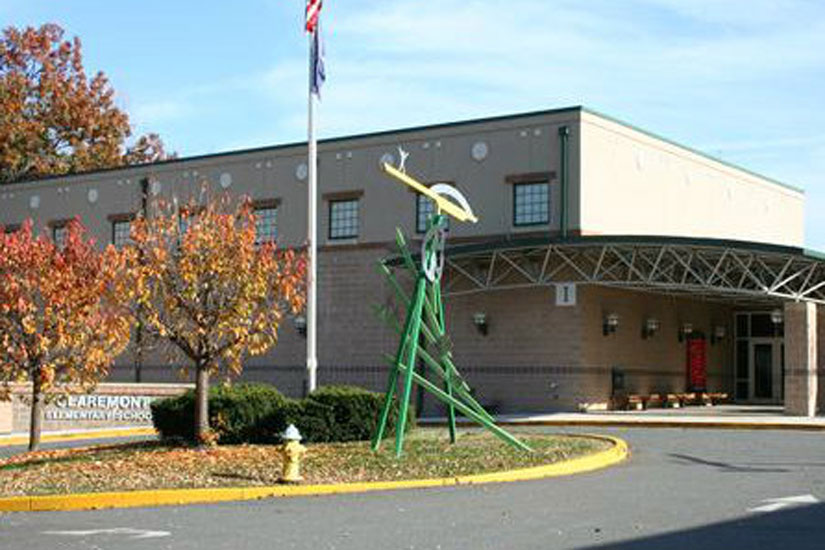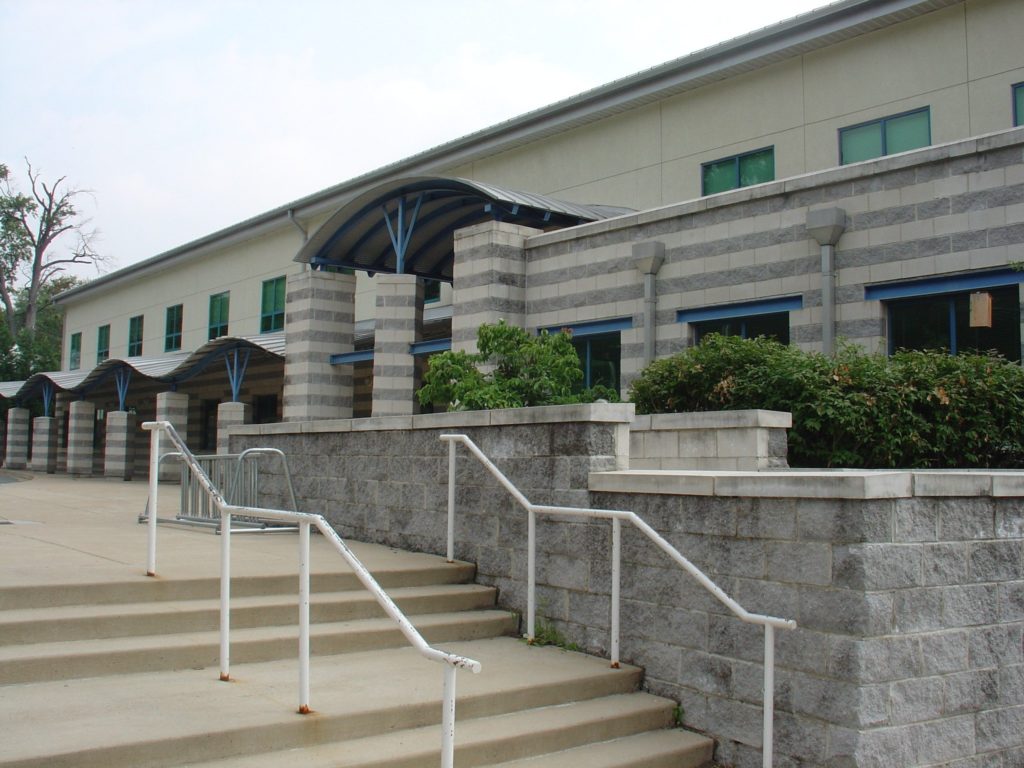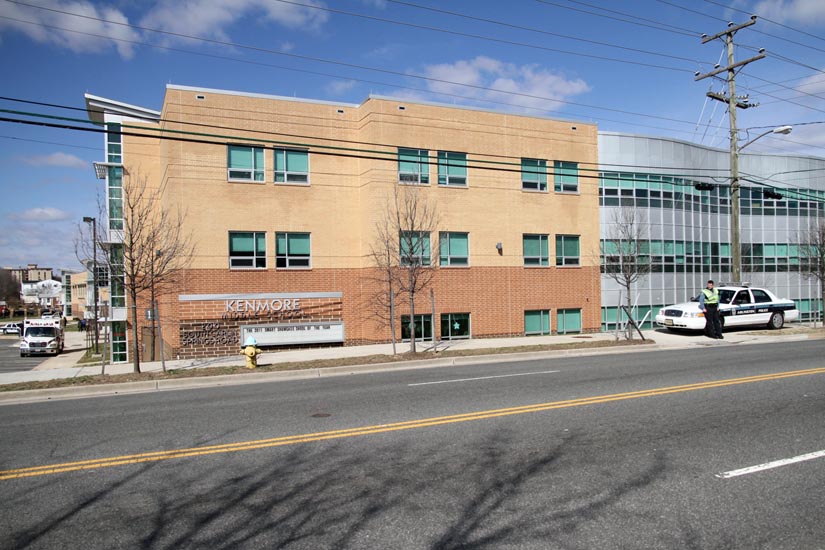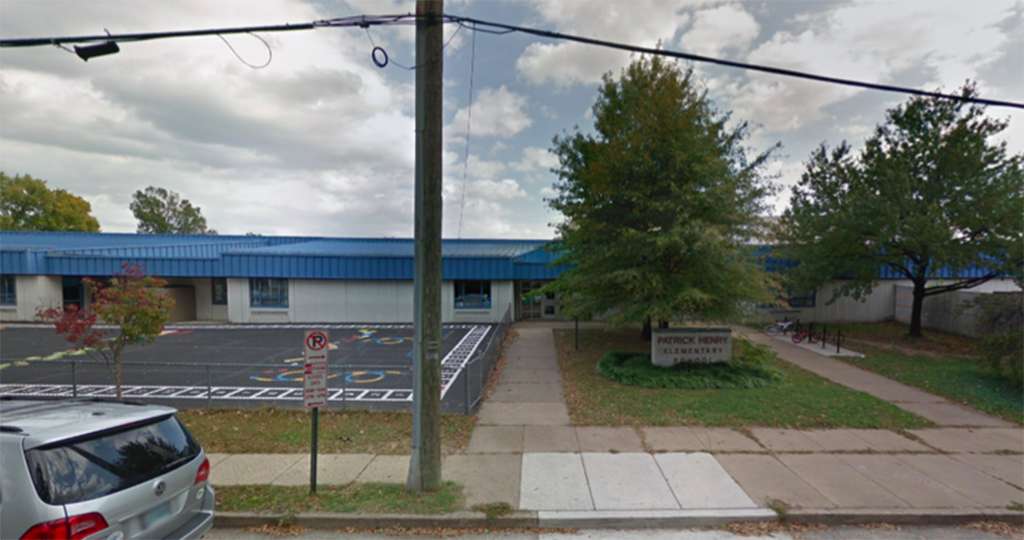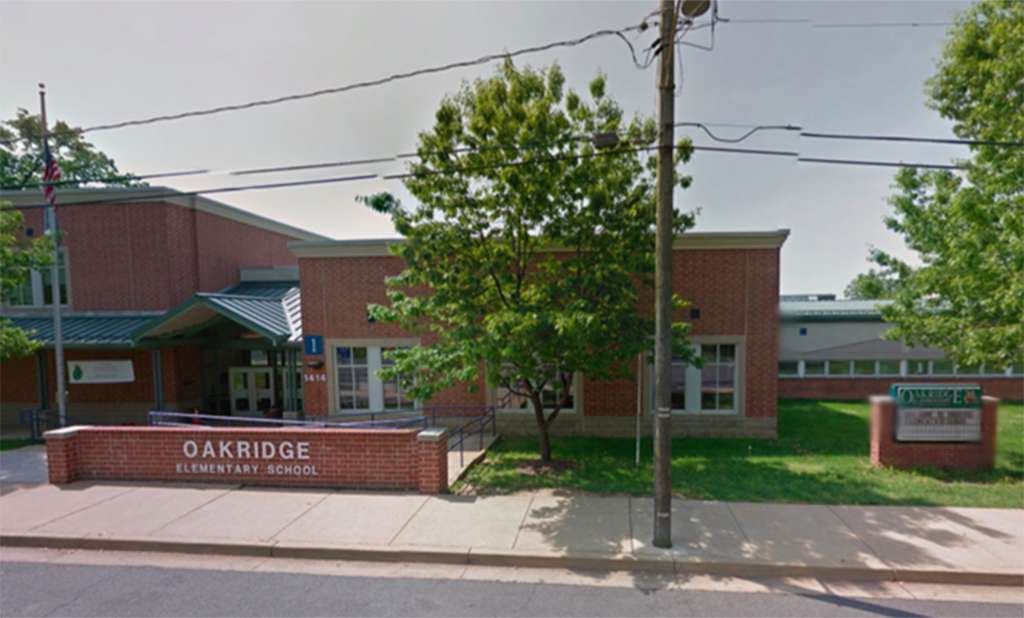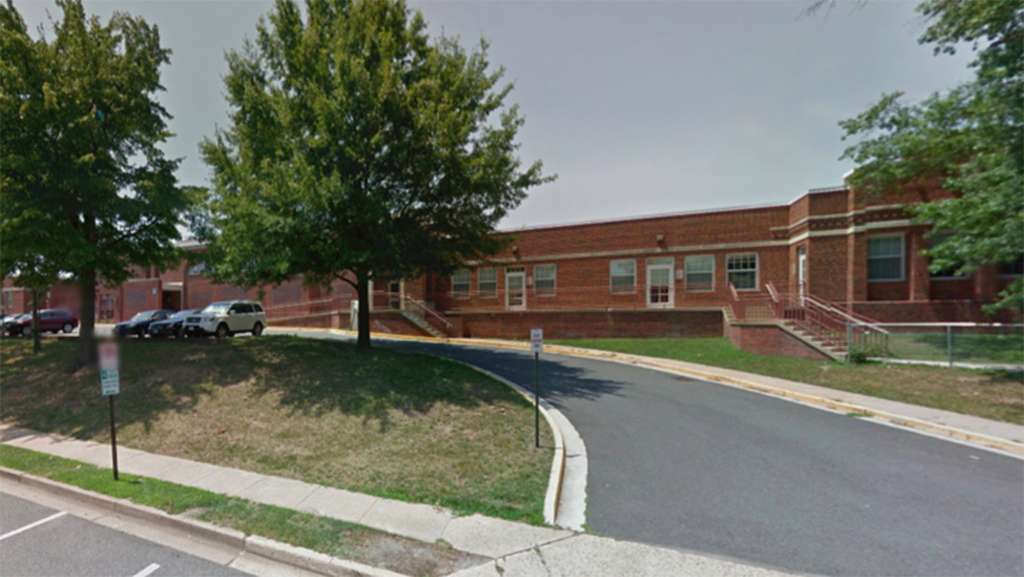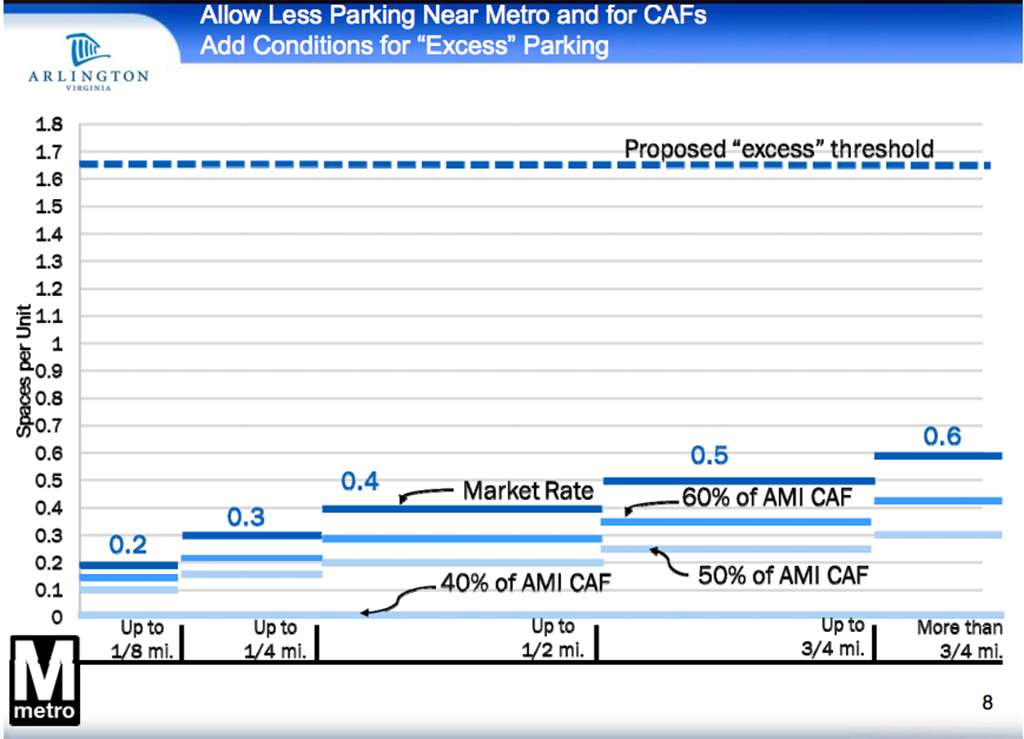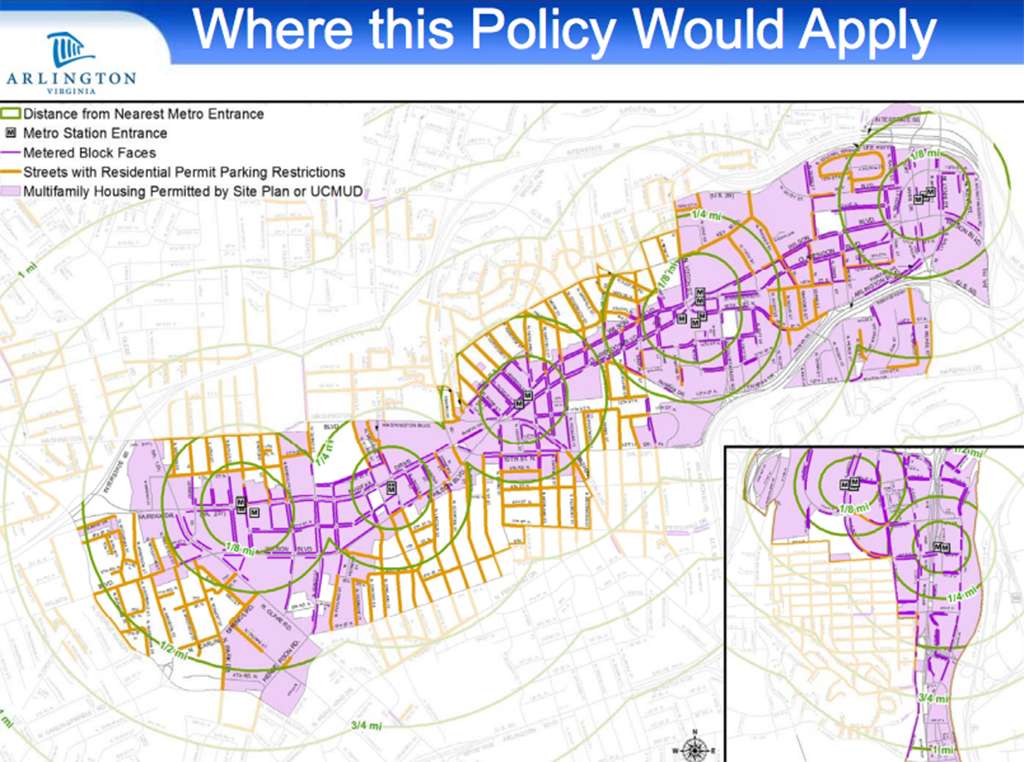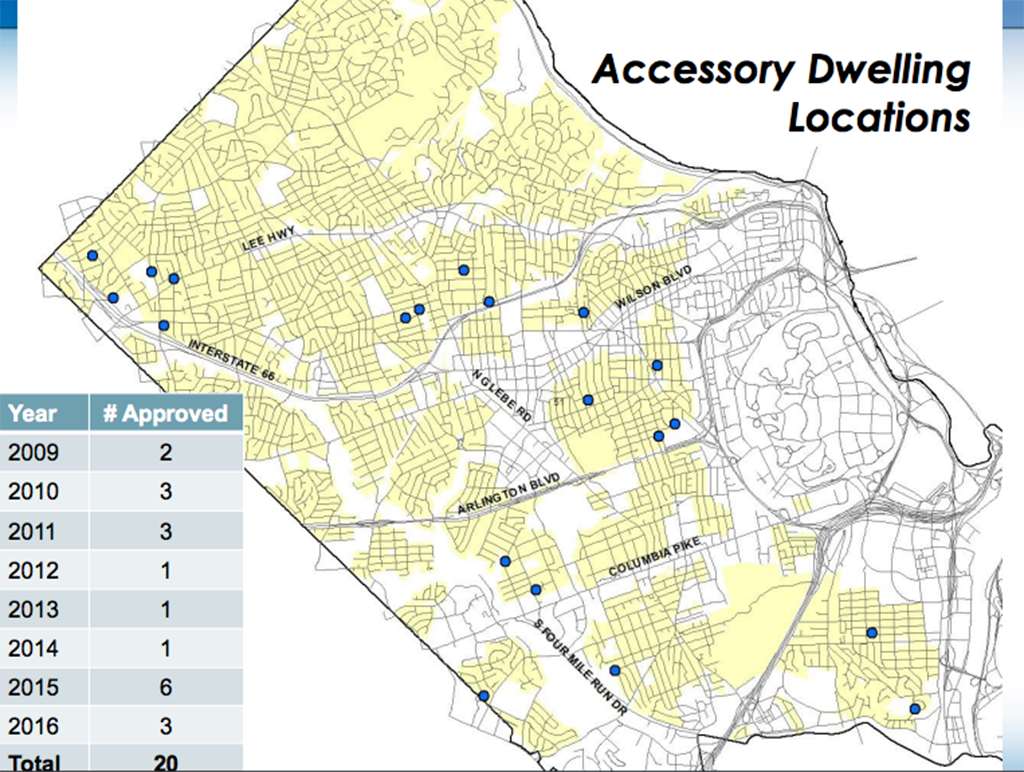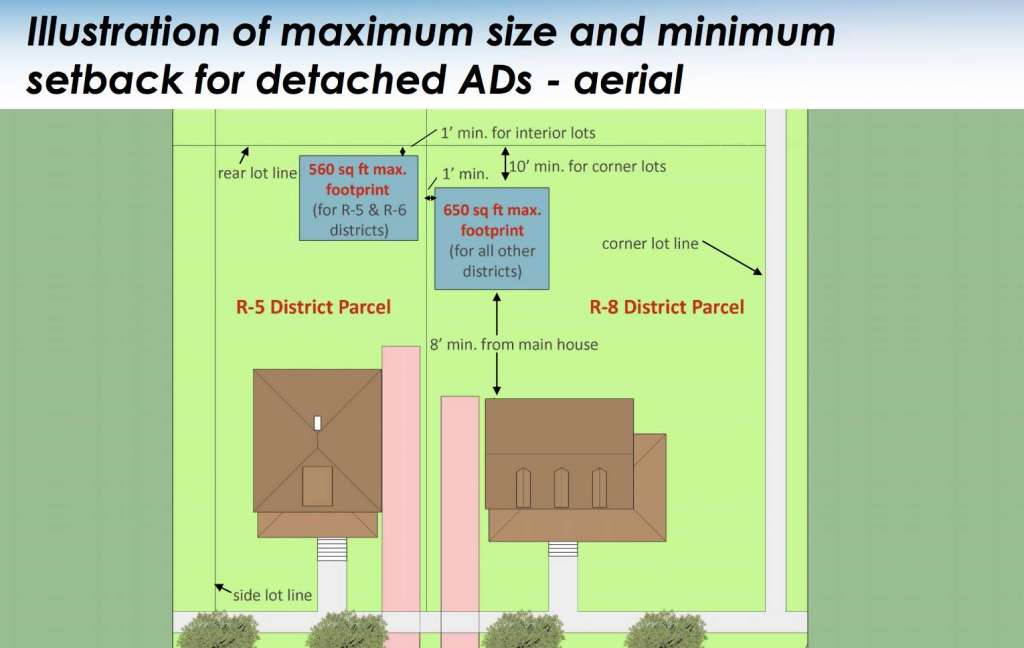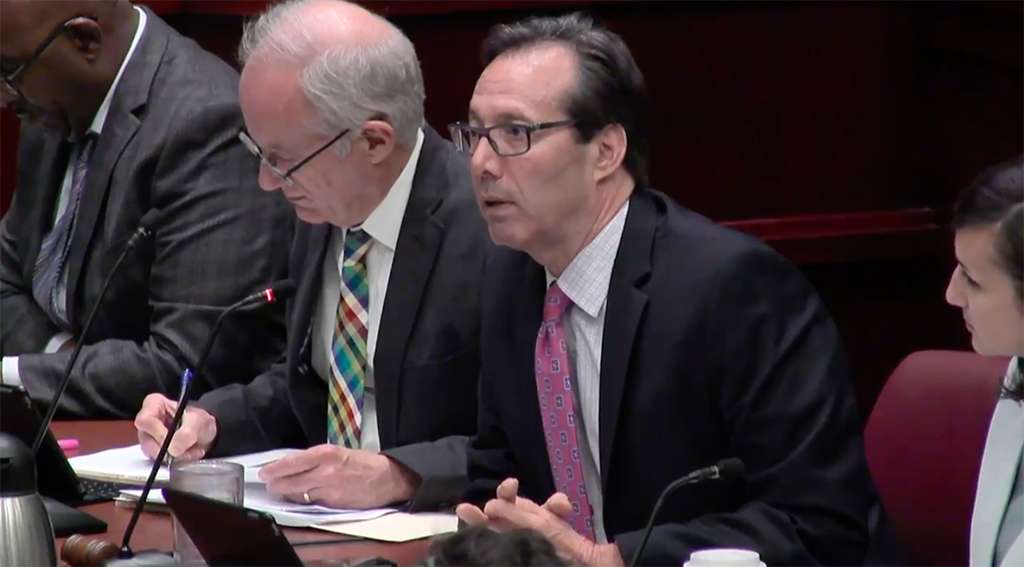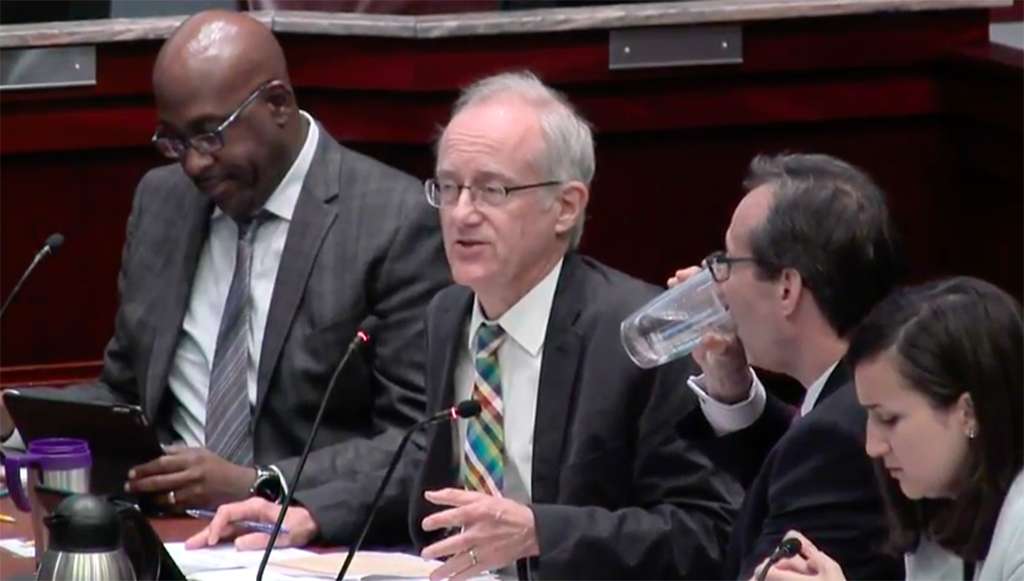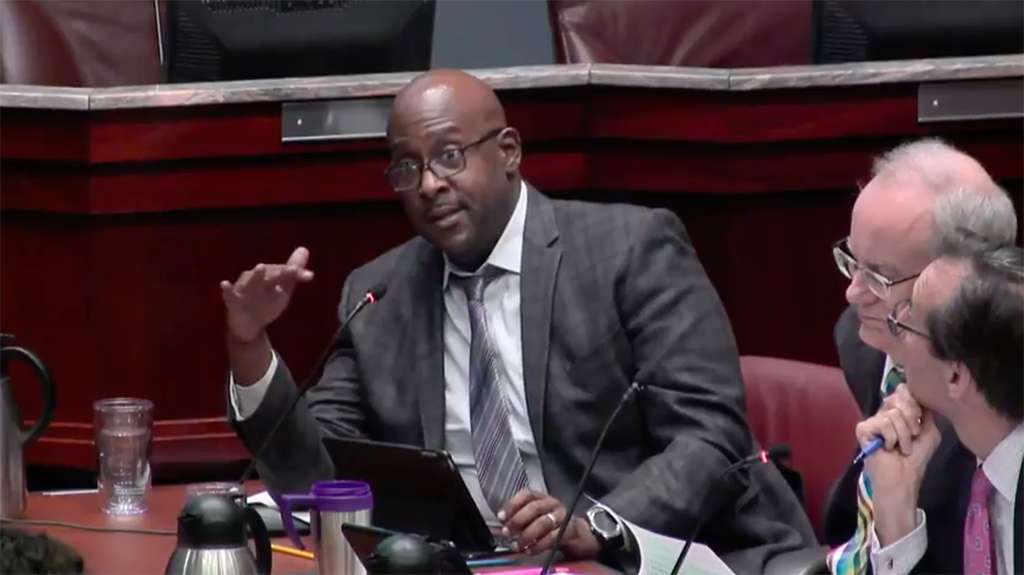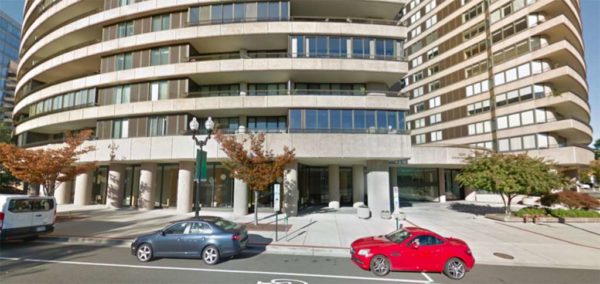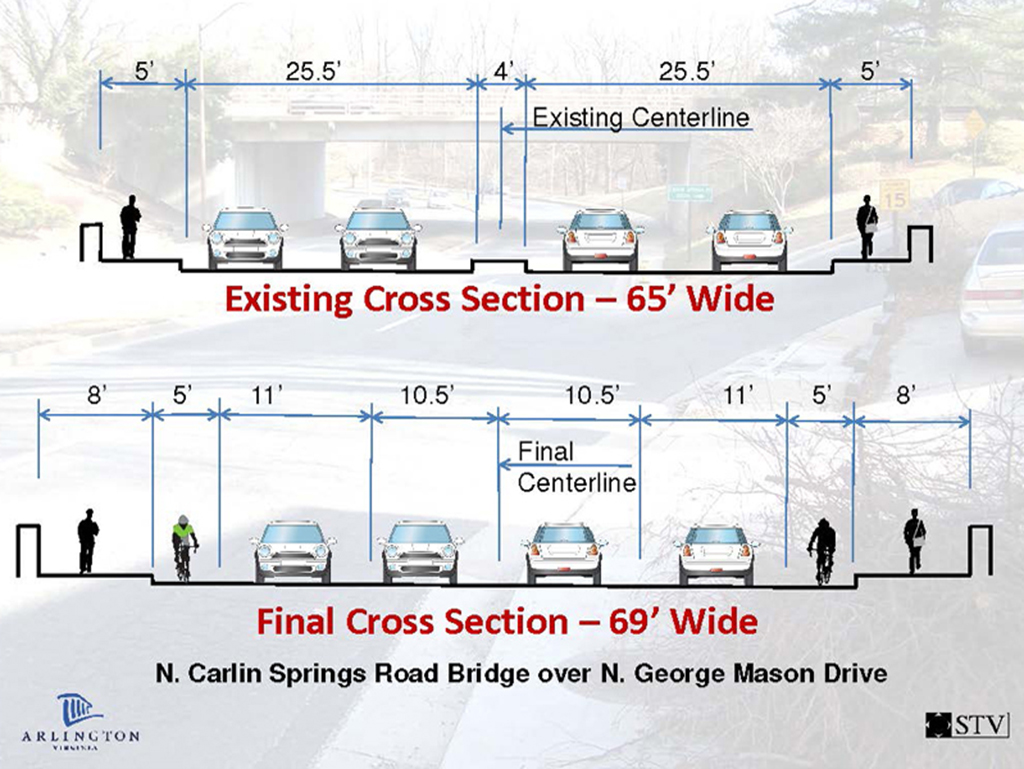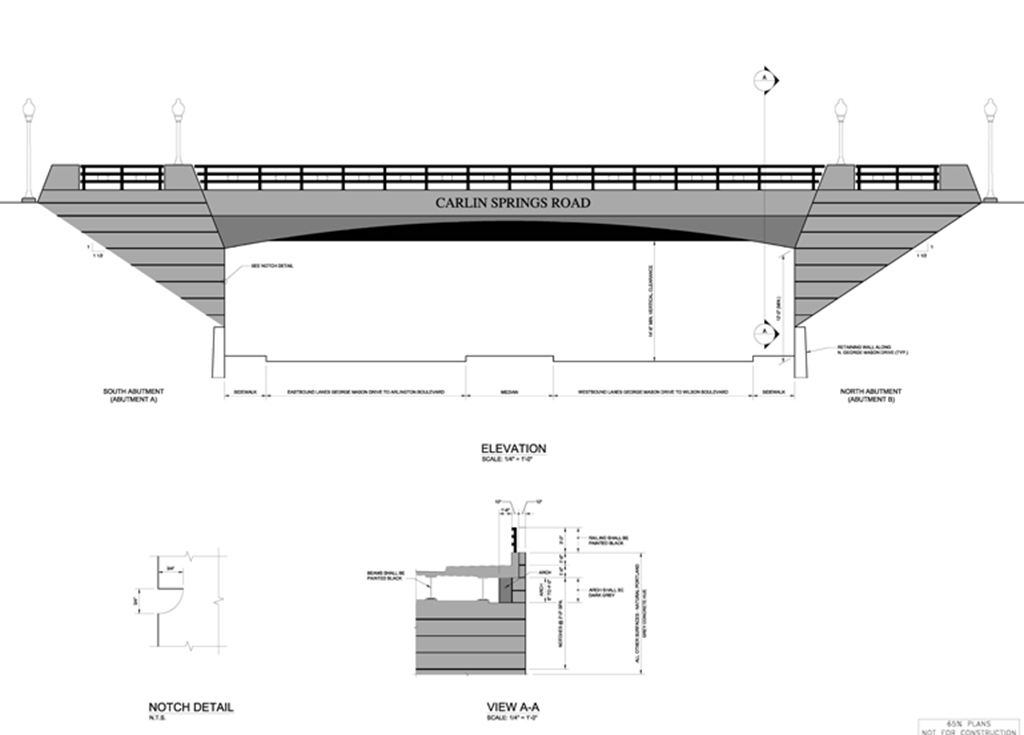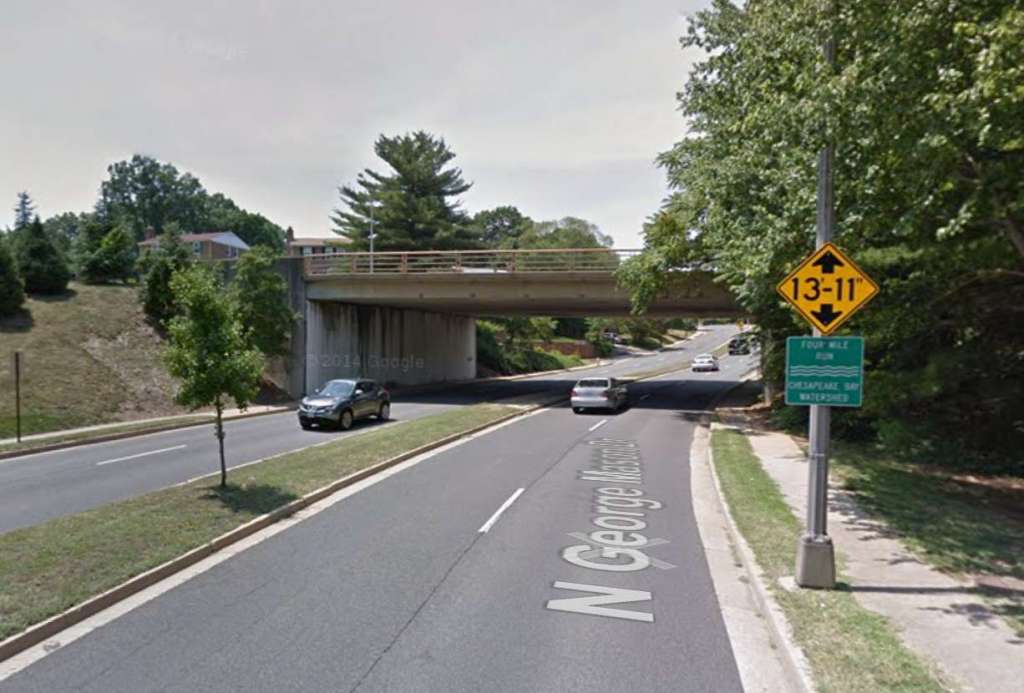The Arlington County Board deferred a vote Tuesday on the design of the new Lubber Run Community Center after confusion over the timing of meetings on the project.
But the Board did agree, by a 3-2 vote, to a $37 million contract to replace the center, out of a total project budget of $47.8 million.
The new center will replace the one built in 1956 at 300 N. Park Drive, Arlington’s first purpose-built community center.
The building will provide programs for youth, adults and seniors including a preschool, senior center, gymnasium and fitness center and several multipurpose rooms. It also will house about 70 employees in the county’s Department of Parks and Recreation. Construction could begin as early as next fall.
A meeting is scheduled for today (July 19) at Barrett Elementary School for residents to give feedback on the new building’s design. That meeting coming a day after the Board’s scheduled design vote left some members perturbed, as they wanted to see the community engagement process play out before taking action.
Before the start of deliberations, County Manager Mark Schwartz apologized for any communications that caused “confusion or anxiety” in the community.
A timeline in May provided by local resident Michael Thomas had the Board likely voting on the design in September. But Jane Rudolph, director of the county’s Department of Parks and Recreation, said the plan was moved up after staff found they could have the construction contract ready for July’s meeting and advertised on July 7. She also apologized for any confusion
“This is really, I think, close to a smoking gun,” said Board member John Vihstadt. “I don’t understand why we couldn’t defer to September to realize and fulfill the original intention of staff to have the board meeting after the next concept presentation and another PFRC meeting as well.”
Vihstadt was joined in voting to defer, while simultaneously approving the construction contract, by chair Jay Fisette and Christian Dorsey. The trio emphasized that no “fundamental changes” should be made to the plan during the review.
Board member Libby Garvey and vice chair Katie Cristol voted against the plan. Cristol said that the consensus on the Board that no major changes should be made, coupled with the support of many in the community for the new center, should be enough to proceed.
Of those who testified on the project, many had concerns around the project’s impact on the environment, including the need to cut down some trees and possible erosion. Independent County Board candidate Audrey Clement, reading remarks on behalf of local activist Suzanne Smith Sundburg, said people wanted more open green space and more trees, rather than more pavement and buildings.
“Staff’s perception of the community’s feedback on this project continues to be at odds with the public’s perception of what it has asked for,” Clement said.
Community engagement for the project took a more modern approach than similar efforts in the past. The engagement used more technology like online surveys and looked to reach out to previously under-represented communities like the Spanish-speaking population in the county.
While Board members and staff recognized the foul-up with the timeline, some residents said the majority of community outreach was done well.
“This is textbook on how to do community engagement,” said Nathan Zee, an Arlington Forest resident. “You went above and beyond what would be reasonably expected, and should be commended. The outstanding design reflects this hard work.”
Images via county presentation


